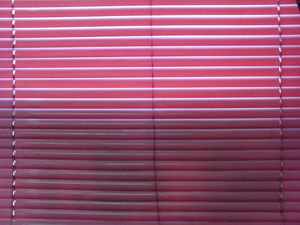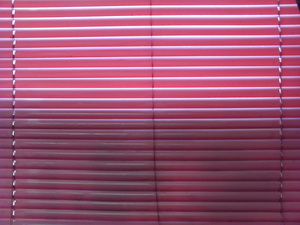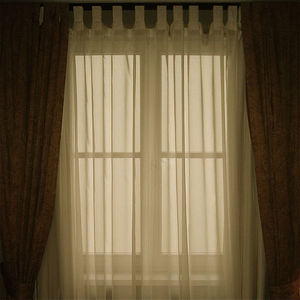There is something Victorian about Austrian Blinds. They may look good in a Victorian-themed interior. The richness of a fabric structured into an Austrian Blind would add to the window area of a Victorian-themed interior. You may imagine Victorian interiors with curtains/drapes richly decorating the window area. Maybe Victorians did prefer to pull their curtains across rather than up. Austrian blinds are considered curtains/drapes as well as blinds but in a way Austrian Blinds have a rich drapy look still suitable for Victorian-inspired interiors. This article is not about Victorian interiors. It is about Austrian Blinds. Here is a guide to their preparation:
Firstly, there is noticeable fullness in the Austrian Blind. The width of the blind is twice the length of the batten or window area you are ‘dressing’. Since it is a blind, it is important to ask about its appearance when it is pulled up. The answer is that the bottom part of the Austrian Blind is formed into rich sumptuous scallop structures. When the Austrian Blind is pulled up and with perhaps netting then covering the window, you have a truly rich window ‘dressing’ and choose the color and fabric correctly and you can have any sort of look for the interior from a Victorian look to a modern ‘lavishly comfortable look.
It is perhaps the forming of scallops which gives Austrian blinds a kind of last-century, lavish look and the scallops are more than just ornamental. The scallops can evoke a true lavishness. An Austrian blind covers a window area and it is obviously difficult to translate an Austrian Blind look to a wider window area. Austrian Blinds really dress up a simple ordinary window. They dress up a recess!
Space is important for the modern interior and it seems automatic to assume that Space is something functional. But what does ‘functional’ mean? Here it means that space is obviously something ‘out there’ and it is something to be filled. But in modernist interiors, space can be used ; it can be created e.g. mirrors. In the modern world, space is something functional in this sense. For space has a function. Space is really something ; it is an object and many interiors now want to fill space in a suitable way but then create space again. One simple example is concerning a living room which has a large window area.
Furniture can be located in a central area and there will be space around the window area and this space can be created through sparse use of furniture, suitable flooring as well as drapes/curtains. Space can be regarded as an object. Indeed when thinking about space in interior design, it may be advisable to think of it as an object. It is an object, a type of background; a type of foreground too perhaps. Space is an object but it’s more than an object ; it is a concept and it is an integral part of modern design. You want to decorate a space but you want to keep that space in the foreground; perhaps in the background.
It is generally thought that Victorian interiors were cluttered and full of furniture. Thus in this sense, space was not important. It wasn’t important too as a design concept. Comparing modern design to Victorian design, one can thus assert that space is important at least as a concept and one can go so far to say that it is central to modern interior design. One can go to the absurd point where total empty space is the main instrument of design. You enter a room and its interior design has chosen to ‘decorate‘ the room with ‘total empty space. Still this may not be completely possible. There are the walls and flooring which delineate and in some way define the space not just in its dimensions but as regards its design too.



